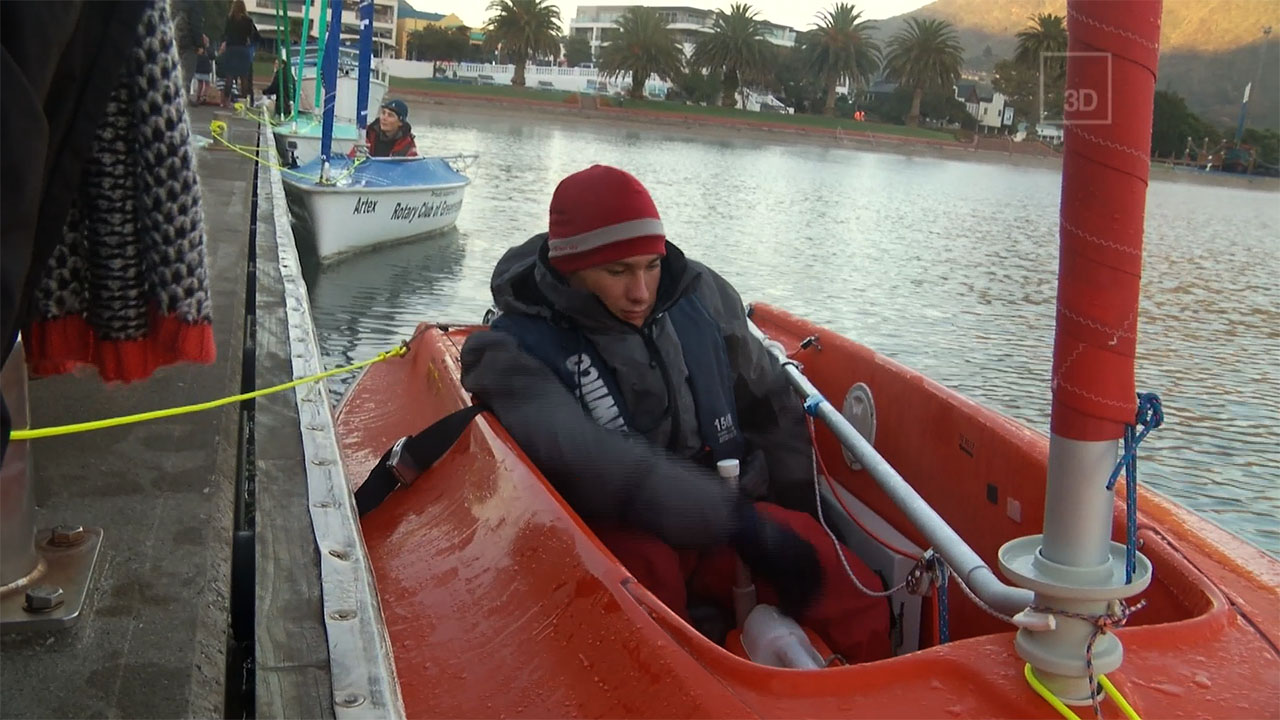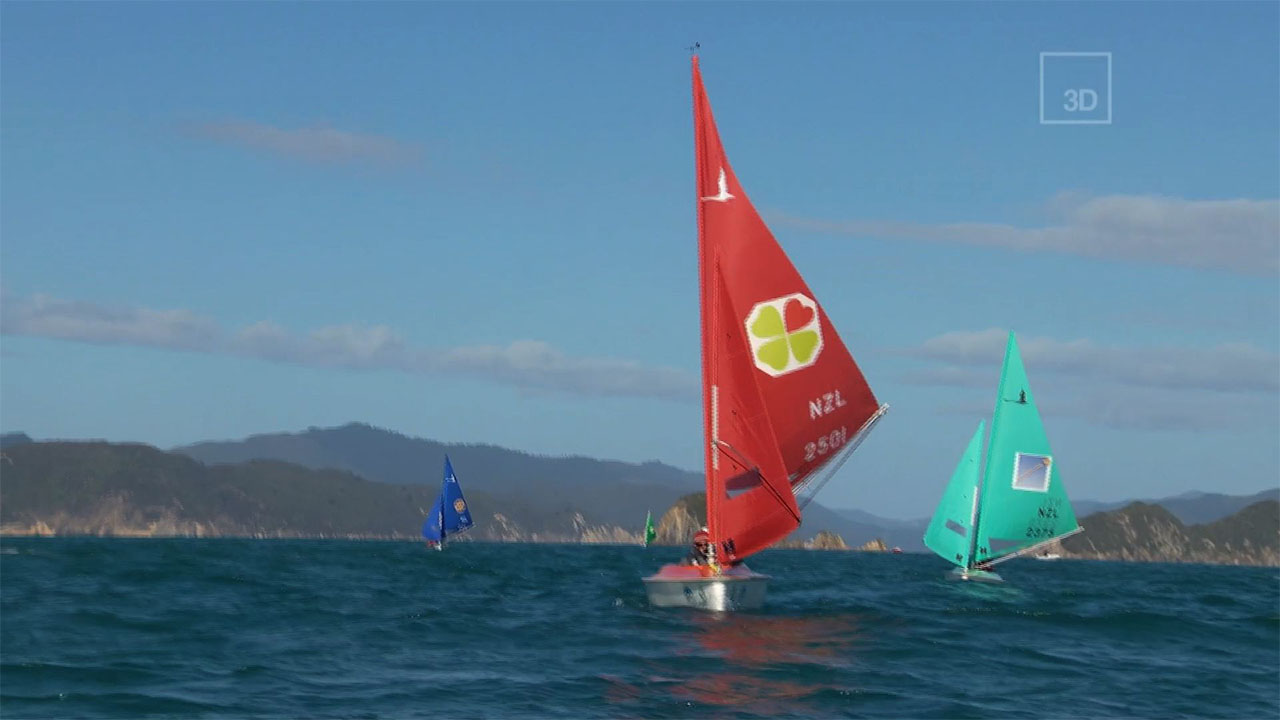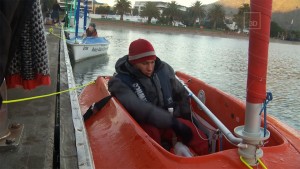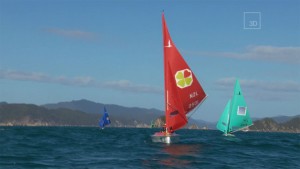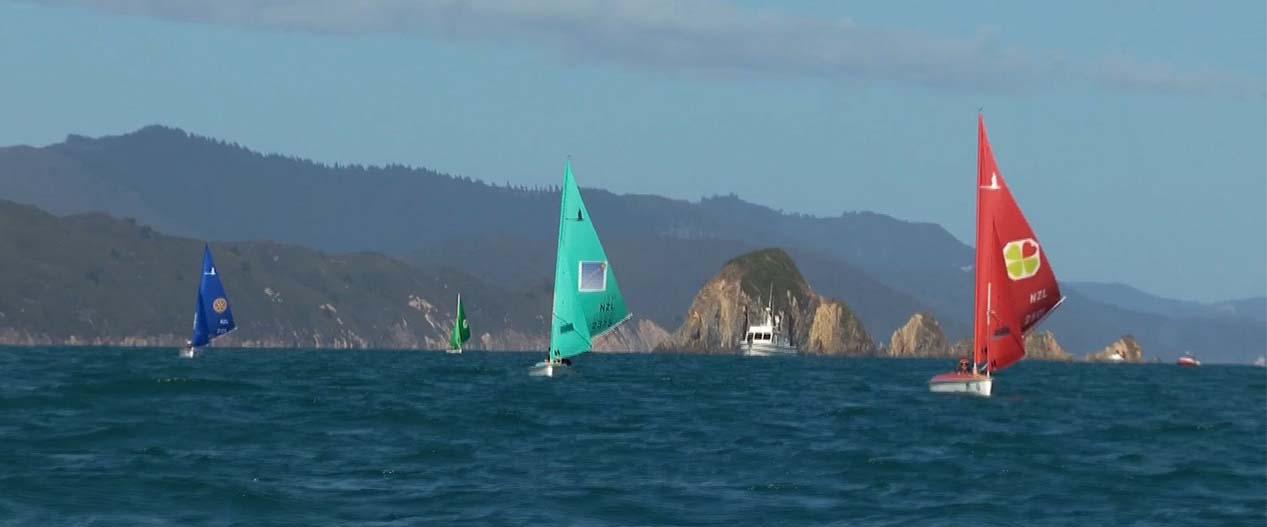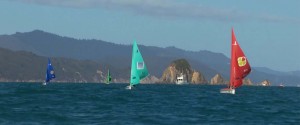It’s been a while since I gave my TED talk about my work as a visually impaired filmmaker and still occasional photographer. and like most people who spend even a little time in front of the lens, I like to go back and review my performances. Call it ego. It’s OK. I do.
This time, though, I was reviewing my TED Talk because I needed to give myself a good kick in the pants. I’ve been working on The Palette Project for quite some time now, and I’ve seen it through its many evolutions. It’s certainly fulfilled every Continue reading “Jumping On The Learning Curve”


